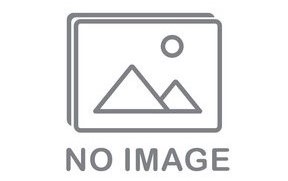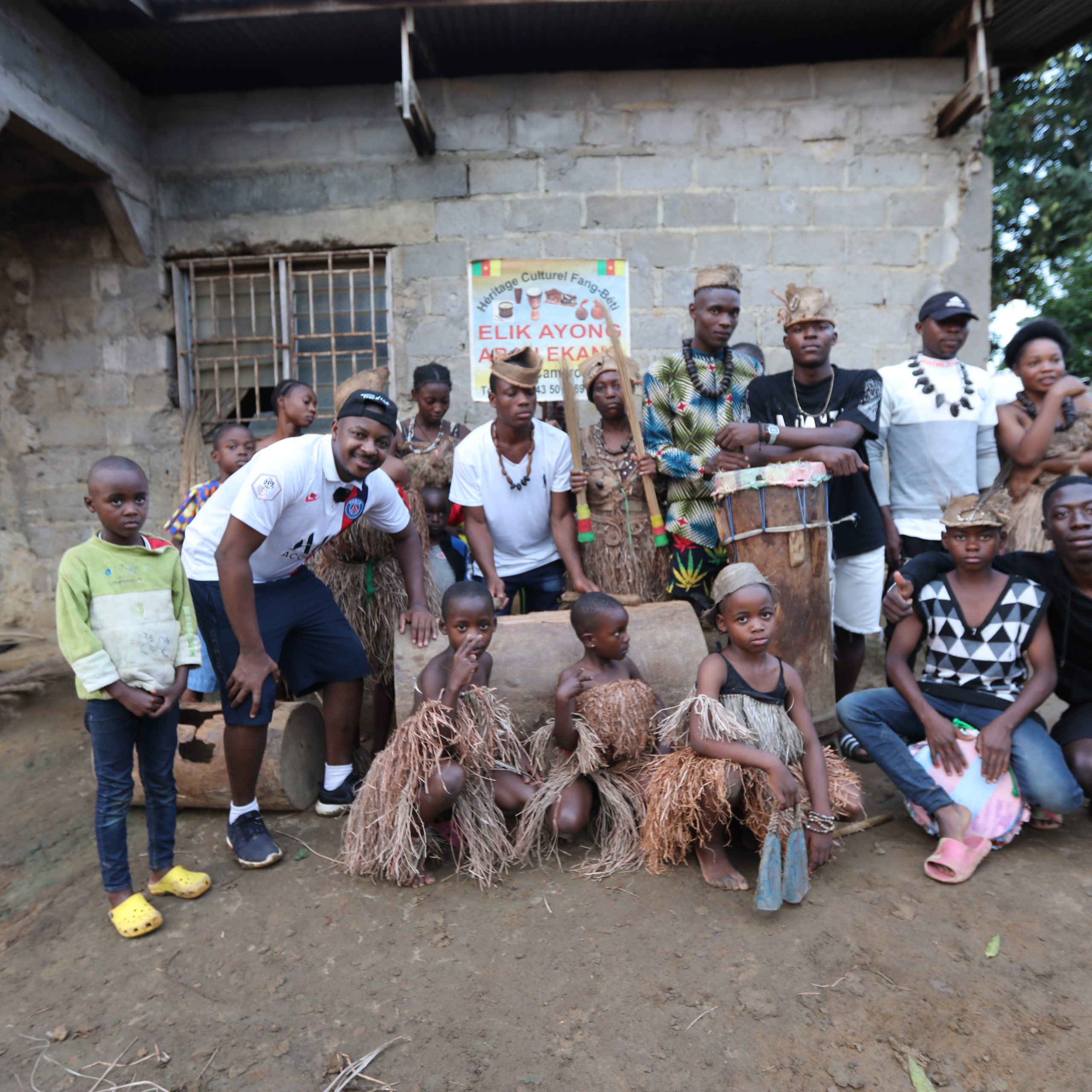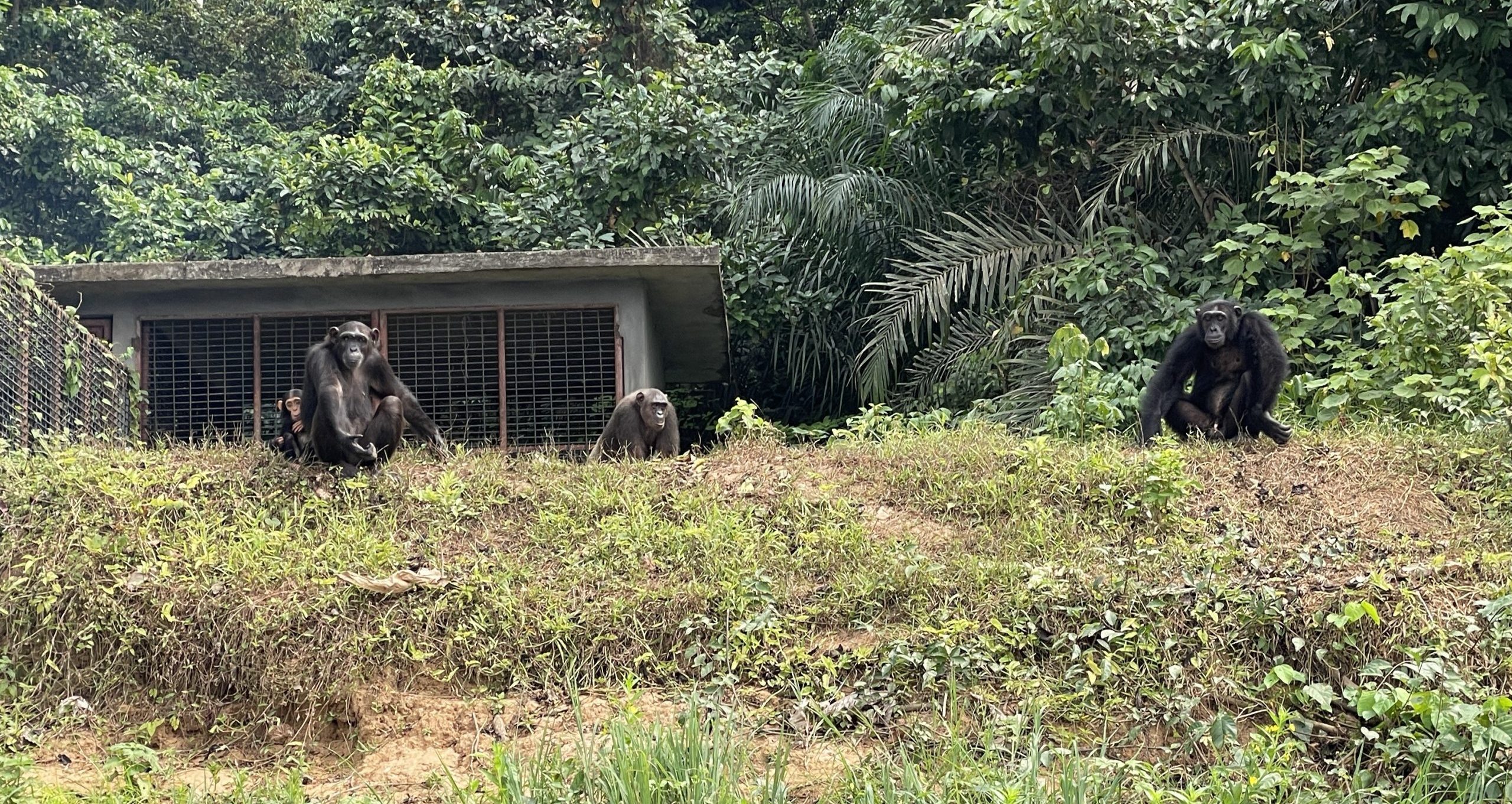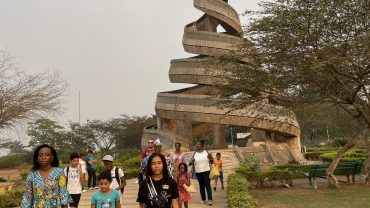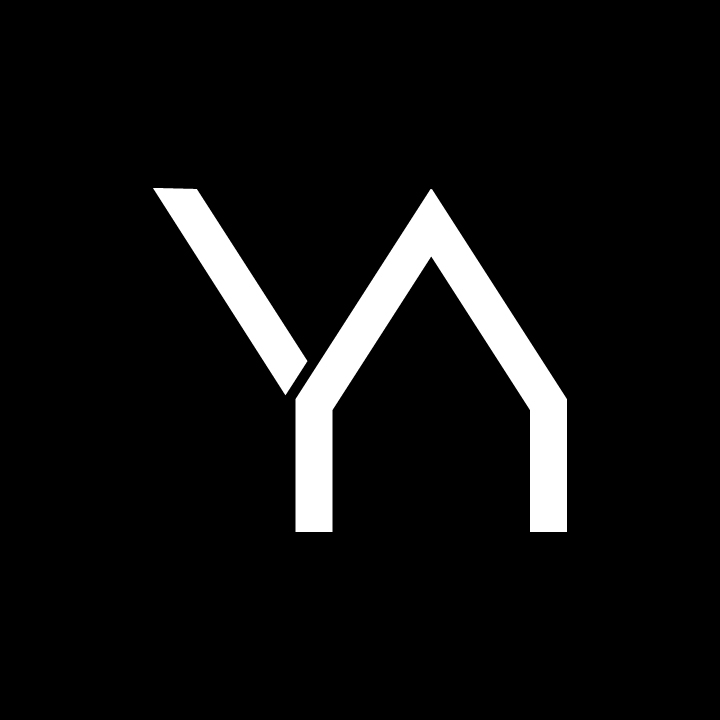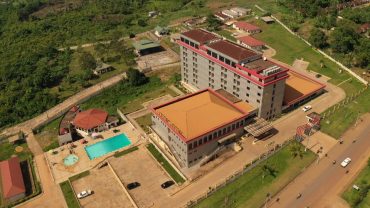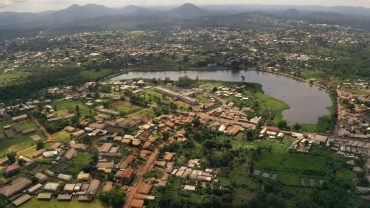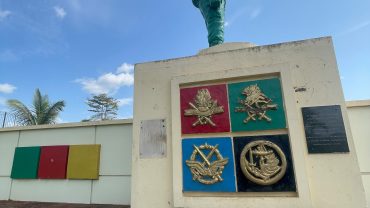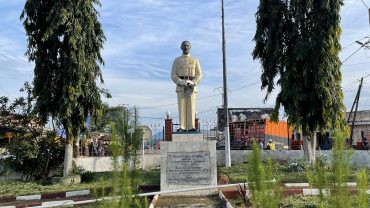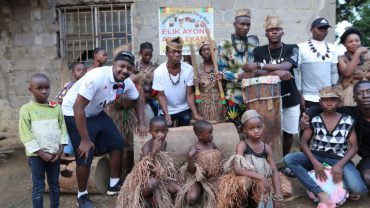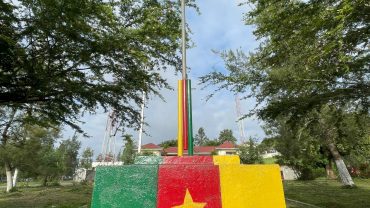Who Are the Bulu Beti-Fang, or Ekang?
The Bulu Beti-Fang, also known as the Ekang, constitute about one-fifth of the population in Cameroon and 30% in Gabon, as well as over three-quarters of the population in Equatorial Guinea, less than 2% in Congo and Sao Tome and Principe. They originate from the Adamaoua region and are currently scattered over a 500,000 km² area in the Congo Basin. Their migrations were halted with the arrival of German and French colonists, limiting their reach. The Bulu Beti-Fang are traditionally warriors, and it’s estimated that their current population is between 6 and 8 million individuals.
The Origins of the Bulu Beti-Fang
- Their Ancestor “Nanga”
Despite numerous studies and a rich tradition of oral history, tales, and legends passed down through the storytellers of Mvett, the origins of the Ekang people remain elusive due to diverging theories. However, it’s commonly agreed upon that Nanga is the earliest ancestor of the Ekang people. He was born around 1260-1340, according to researchers and traditionalists analysing genealogical trees. Their origin is believed to be in the north of their current habitat, in the Adamaoua region. From there, they were pushed southwards due to the pressure from Islam through the conquests of Osman Dan Fodio and other migrating human groups during that era. They decided to move further south to escape this encroaching influence.
Migration
- The Crossing of the Sanaga
The Yom, or Sanaga, was perceived as an insurmountable obstacle to their migration. It was finally between 1640 and 1750 when several crossings were made possible, thanks to Owono Nkode (Nné Bodo), the founder of the Bene. According to oral tradition, the crossing was made on the back of a mythical snake called the Ngân Medza. This event, despite its mythical depiction, is a historical fact. Each major group can point to the exact location where they crossed the Sanaga:
- The Fang were the first to cross it
- Ebebda for the Eton, Ewondo, and Menguisa
- The Nachtigal falls for the Bene
- Near Mbandjock for the Emveng
- Near Nanga Eboko for the Bulu and Yebekolo, and so on…
Migration of the Bulu Beti-Fang
After crossing the Sanaga, the Beti-Fang dispersed in the forest. Some are now located in northern Gabon, others in Equatorial Guinea, and others in Sao Tome and Principe. The main reasons for this significant migration were:
- Fleeing from external threats such as foreigners and dangerous animals
- Internal disputes due to population growth
- The attraction of salt and the race towards the sea, which occurred at a rate of 10km per year until it was stopped in the late 19th century with the arrival of European colonisers.
As a result of this lengthy migration, the Beti are now found in the Central, Eastern, and Southern regions of Cameroon, the Bulu in the South, and the Fang in the southern part of the country, Equatorial Guinea, Gabon, Congo, and Sao Tome, following recent immigration.
- The People
Location of the Bulu Beti-Fang
The main Ekang groups are:
- Beti (Ewondo or Kolo Beti, Bene, Eton, Foñ or Fong, Mbida-Mbane, Evuzok, Mevumendem, Mvog-Nyenge) and acculturated (Mengisa, Tsinga, Ossanaga,…)
- Bulu and affiliates (Yebekolo, Yesum, Yengono, Yelinda, Yembana, Yekaba, Mvele, Omvang, Yangafek,…)
- Fang (Ntumu, Zaman, Mvaè, Okak, Betsi)
There are several clans spread across many tribes due to genealogical ties and old marital alliances, which is a testament to the unity of the Ekang people. This mixture proves that while the Ekang people may not be homogenous genealogically, they are united socio-culturally and linguistically. The Bulu, Beti, and Fang languages are intelligible; for instance, ‘God’ is ‘Zambe’ in Bulu, ‘Zamba’ in Ewondo, and ‘Zame’ in Fang.
In Conclusion
The Bulu Beti-Fang are a people who migrated from the Adamaoua region and spread across the Congo Basin. After crossing the Sanaga, they blended with the local populations of the equatorial forest. This shows that the Ekang people, while not entirely homogenous genealogically, are more united from a socio-cultural and linguistic perspective. Despite the historical and geographical challenges, their rich culture, language, and tradition bind them, making them an important people of Central Africa.

